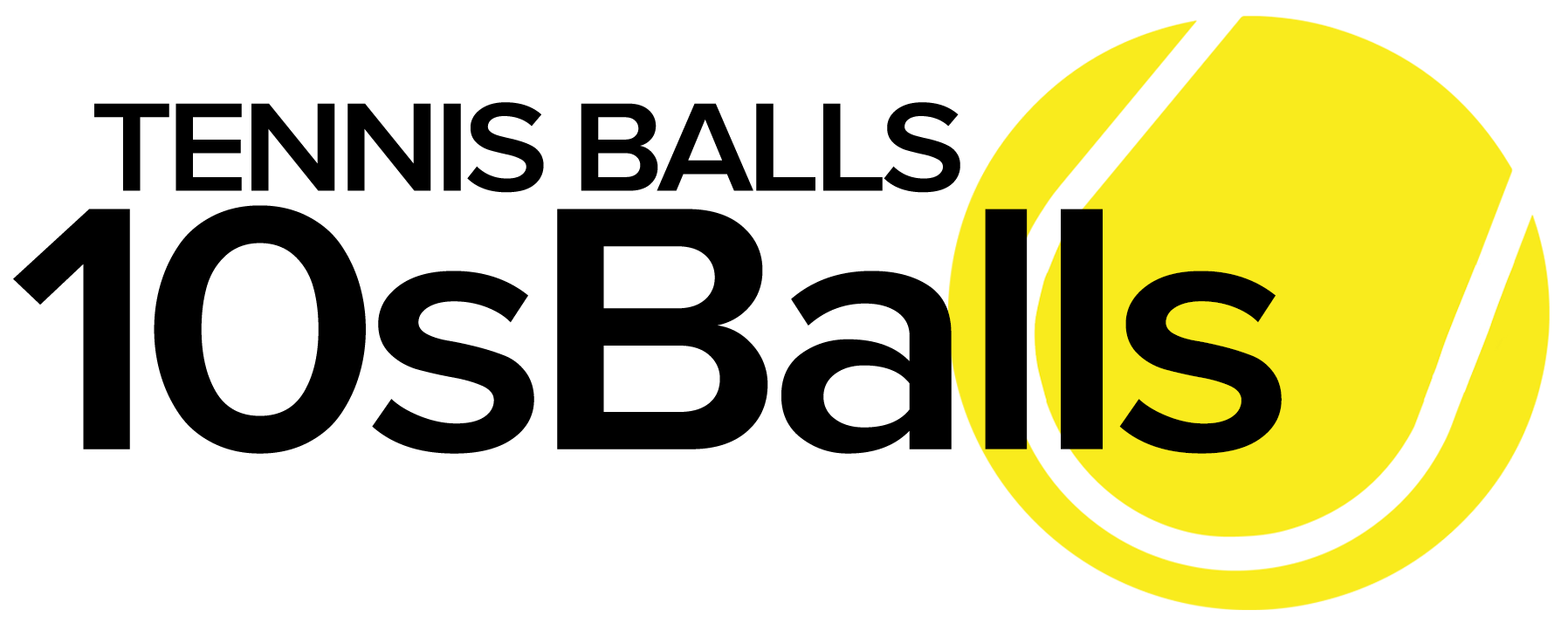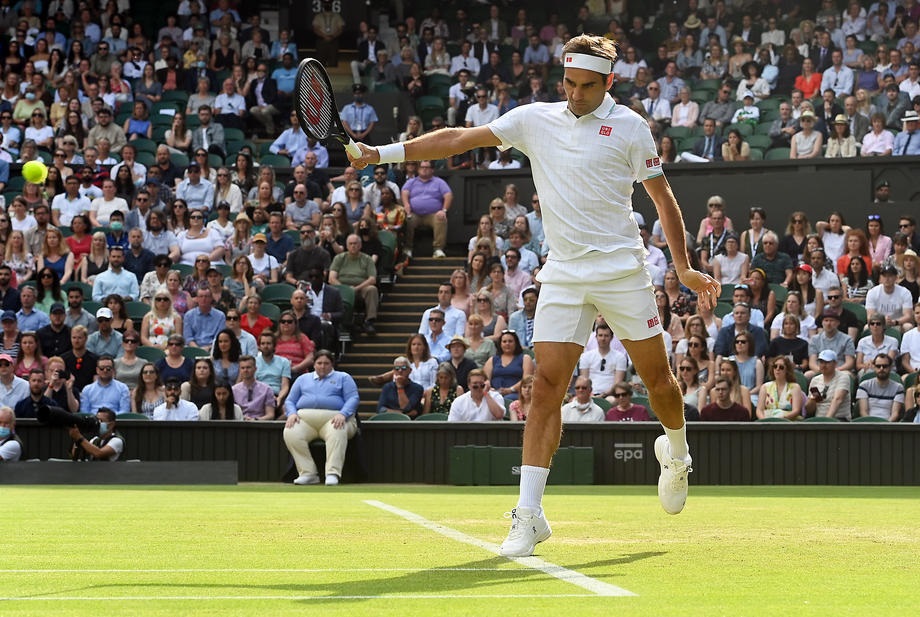- Mubadala Citi DC Open Men’s and Women’s Tennis Draws
- Paris Olympic Tennis Draws and Order Of Play for Saturday, July 27, 2024
- Kitzbuhel Generali Open Draws and Order of Play for Friday, July 26, 2024
- Paris Olympic Tennis Singles and Doubles Draws
- Croatia Open Umag Draws and Schedule for Friday, July 26, 2024
- Atlanta Open Draws and Order of Play for Thursday, July 25, 2024
- Croatia Open Umag Draws and Schedule for Thursday, July 25, 2024
- Laver Cup Tennis 2024 Is in Berlin September 20-22 • Almost all the top men’s players will be playing
- Coco Gauff Named Team USA Flag Bearer for Olympic Games
- Kitzbuhel Generali Open Draws and Order of Play for Wednesday, July 24, 2024
- Croatia Open Umag Draws and Schedule for Wednesday, July 24, 2024
- Atlanta Open Draws and Order of Play for Tuesday, July 23, 2024
- Fils upsets Zverev for Hamburg title, Borges beats Nadal in Bastad
- Kitzbuhel Generali Open Draws and Order of Play for Tuesday, July 23, 2024
- Croatia Open Umag Draws and Schedule for Tuesday, July 23, 2024
Tennis From Paris 2019 • 10sBalls Shares Alix Ramsay’s Twist And Spins • Rafa Will Be Number One On ATP Rankings Come Monday
- Updated: October 31, 2019
It is that time of year again. No, not Halloween and no, not election time in Britain (we seem to end up in the polling booths every few months at the moment. So far Hallmark haven’t come up with a range of greetings cards to celebrate these occasions which is strange for them. A bit of a missed marketing opportunity on their part). No, it is the time of year when the men in suits at the ATP try out their new ideas on the stars of the future at the Next Gen Finals.
This year’s innovation is “wearable technology”. Now, given that the technology on offer at Ramsay Towers consists of two televisions, a laptop and a dishwasher, this new idea sounds a little alarming. Quite what an economy cycle with extra drying time is going to do for Casper Ruud’s forehand is anyone’s guess. No matter, the suits want to try it so the lads in Milan will have to give it a go.
Next week, the boys will be wired up and using a “GPS receiver and inertial sensors” (no, we don’t understand either), they and their coaches will be able to “quantify the demands of the competition, better understand athlete loading and make key performance decisions that are supported with objective data”. Blimey. It all sounds very posh but isn’t that what coaches do? They watch, the player plays and then the coach tells the player what happened. “When you ran around a bit, you got hot and sweaty and when you stood still, you lost.” Now, though, they have expensive gadgets to do this for them.
What is unlikely to change, however, GPS receivers and inertial sensors or no, is that when the player does not like what happened, the coach gets fired. There is not a gadget made that can prevent that.
Most of the other innovations – no-ad scoring, best-of-five short sets, Hawk Eye line calling and the like – will remain but the “no-let” experiment has been abandoned. This year, the good old let cord rule is back. Then again, if they had continued to condense the playing time, shaving away more and more of what was perceived to be “wasted” time during a match, the lads would have ended up playing best-of-37 just to make the ticket price seem worth it.
But the best bit is what the ATP calls “In-Match player coaching via head-sets” (we will overlook the erroneous use of capitals and hyphens in that official description). This bit of kit could be a real game changer (ooh, what does a coach say to his player in moments like this?) or it could be a total disaster.
Imagine the scene: a Wednesday afternoon on some outside court. We are 45 minutes and 10 turgid games into the first set. It is not pretty. Coach to player: “Could you try to be a bit more aggressive?” Player to coach: “I don’t want to take any unnecessary risks.” Coach to player: “Yes, but if you don’t hurry up I’m going to miss Pointless on the telly. And you know how I like Xander…oh, by the way, your mother rang. She says you should put your woolly pully on. It’s cold out here and she and she’s worried about your chest…” It is hard to see such a scenario getting many bums on seats.
Not all new ideas work out as planned. The shiny, new ATP Cup to be held in Australia in January suffered something of a blow with the news that Roger Federer would not be taking part. Stan Wawrinka had long ago ruled himself out of contention so Roger’s decision left Switzerland with no team: no Roger, no Stan, no Switzerland.
The Mighty Fed’s reasons were simple: he wanted a bit more time with his family over the Christmas break and, supported by a pair of 38-year-old legs, he needs to husband his resources – he doesn’t want to be knackered by the time he gets to Melbourne for the Australian Open.

Now, it may be that the ATP Cup is a roaring success and a cracking start to the season, but players are only human (even if some of them do have inertial sensors) and as Fed explained: “It pains me to not be a part of the most exciting new event on the calendar, but this is the right thing to do if I want to continue to play for a longer period of time on the ATP Tour.
“I have decided that the extra two weeks at home will be beneficial for both my family and my tennis.”
Meanwhile, Novak Djokovic looked like he wanted to back at home with the wife and kids, too, as he stumbled through his opening match at the Rolex Paris Masters. If he is to equal Pete Sampras’s record of finishing the year at world No.1 for the sixth time, he needs to keep one step ahead of Rafa Nadal this week.
Come Monday, regardless of the results, Rafa will reclaim his place at the top of the rankings, but with the ATP Finals still to come, the position of end-of-year top banana is still to be decided.
On Wednesday, Djoko looked awfully unwell as he huffed and puffed against an inspired Corentin Moutet. But after a good night’s sleep and cup of something plant based yet medicinal, he was restored, Lazarus-like, to good health. And that was just Kyle Edmund’s luck.
Poor old Kyle. This time last year he was the champion of the Antwerp, the Oz Open semi-finalist and the world No.15. Now he is none of the above and, occupying the 75th place in the pecking order, he arrived in Paris riding the crest of an eight-match losing streak. Coaches had come and gone, taking Kyle’s confidence with them, and he was plodding to the end of a grim year.
Suddenly, though, life began to look up. He booked himself in for a trial week with Franco Davin, the former mentor to Juan Martin Del Potro, Fabio Fognini and Grigor Dimitrov, with a view of working together in the coming season. And he won a match. And then another. Now he was facing the world No.1 – and the world No.1 was crook. Surely this was a chance to end his season on a colossal high. Er, no.
Kyle did well for the first 55 minutes; he stuck with Djoko, he leaned into his forehand and he showed what he was made of. He repelled six set points. He made Djoko sweat (although that might have been the flu bug). And then Djoko nicked the first set and ran away with the second to win 7-6, 6-1. For Kyle, it was back to the drawing board; for Djoko it was back to his sick-bed to plot a way past Stefanos Tsitsipas on Friday.







